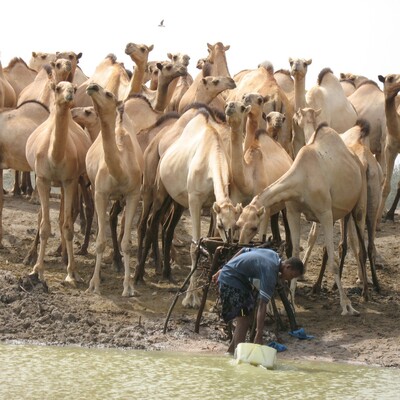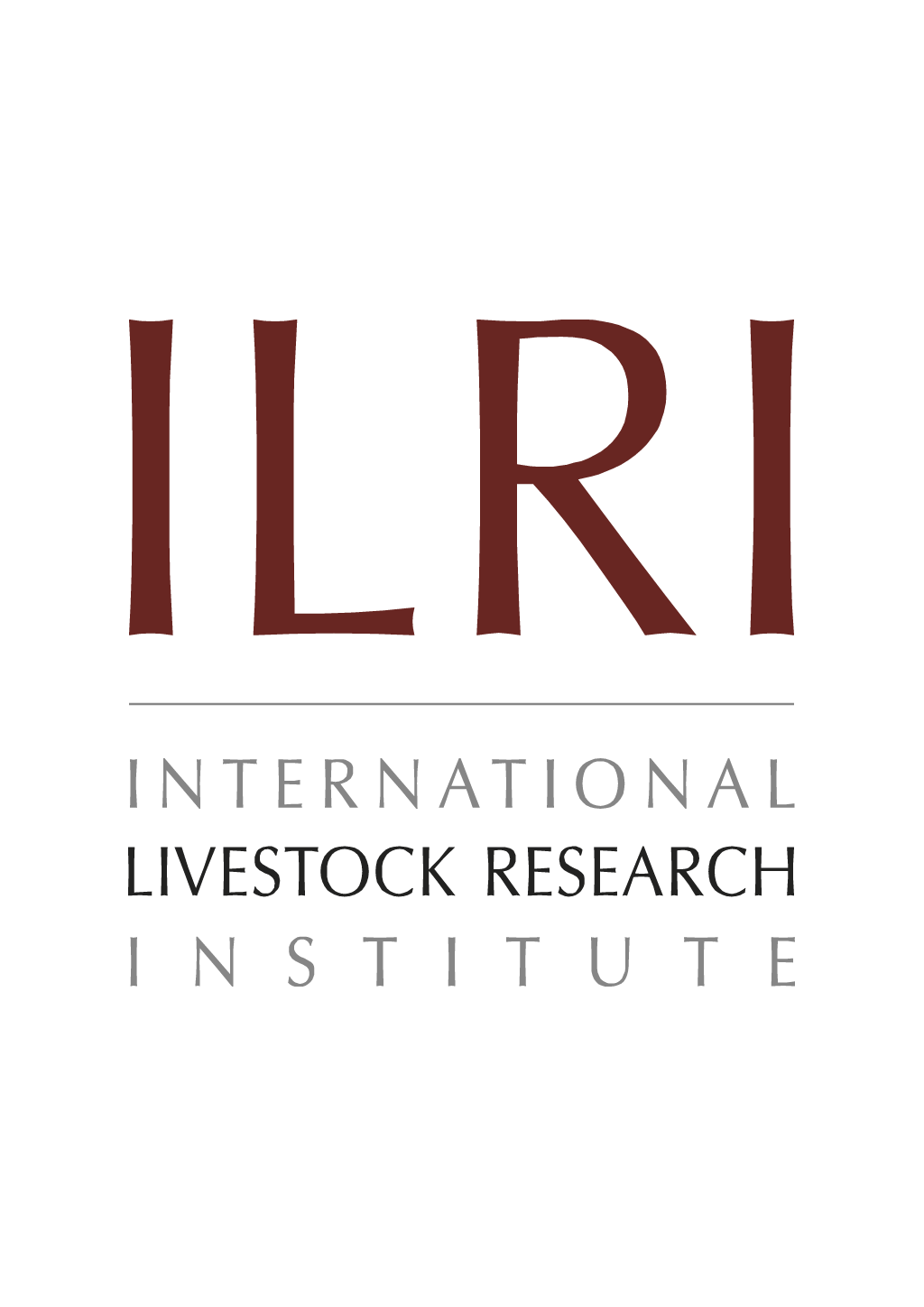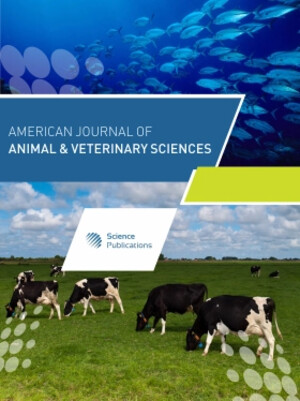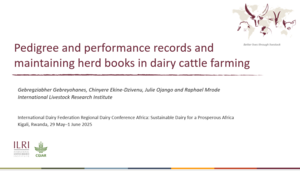
The haematology of Trypanosoma congolense infection in cattle. II. Macrophage structure and function in the bone marrow of Boran cattle
Abstract
Macrophages (Mo) in smears and sections of sternal bone marrow (BM) derived by weekly sequential biopsies from five adult Boran cattle re-challenged with Trypanosoma congolense were studied by light and transmission electron microscopy (TEM). Cells of the mononuclear phagocyte system including monoblasts, promonocytes, monocytes and Mo increased several fold in the sinusoids and haemopoietic compartment (HC) of the BM during infection. Mo activation occurred with significant increases (p<0.001) in Mo size and numbers of organelles including mitochondria, lysosomes and rough endoplasmic reticulum. Light microscopic examination of the BM smears showed that 25.8 percent of 1200 Mo examined phagocytosed many non-mitotic harmopoietic cells of the erythroid and granulocytic series as well as mature erythrocytes and thrombocytes but seldom lymphocytes from day 29 postinfection (dpi), when the first peak of parasitaemia occurred, until and termination of the experiment on 98 dpi. Some of the Mo with phagocytosed cells (10.4 percent) had cells from more than one lineage. TEM confirmed cytophagia and showed that the process begins with cell to Mo attraction characterised by development of microvilli at the surface of contact by the target cell and of envoloping pseudopodia by the Mo. This was followed by target cell to Mo adhesion and finally phagocytosis. The cells being phagocytosed and those freshly engulfed appeared morphologically normal. Many Mo were heavily laden with haemosiderin in the chronic phase of the infection (78 and 98 dpti). TEM showed that the activated Mo in the BM developed extensive contacts through reciprocal blunt microvilli with the haemopoietic cells. Macrophages were absent from the sinusoids of the BM prior to infection but became numerous during infection, and were adhered to sinusoidal endothelial cells by reciprocal blunt microvilli. These Mo phagocytosed blood cells (erythrocytes, neutrophils, thrombocytes), and free trypanosomes which, though present in the arterioles of the BM, were never seen in the sinusoids and HC of the BM. This study indicates that the Mo plays very vital roles in regulating and executing the events in the BM during T. congolense infection of cattle.
Citation
Comparative Haematology International;7: 23-29










